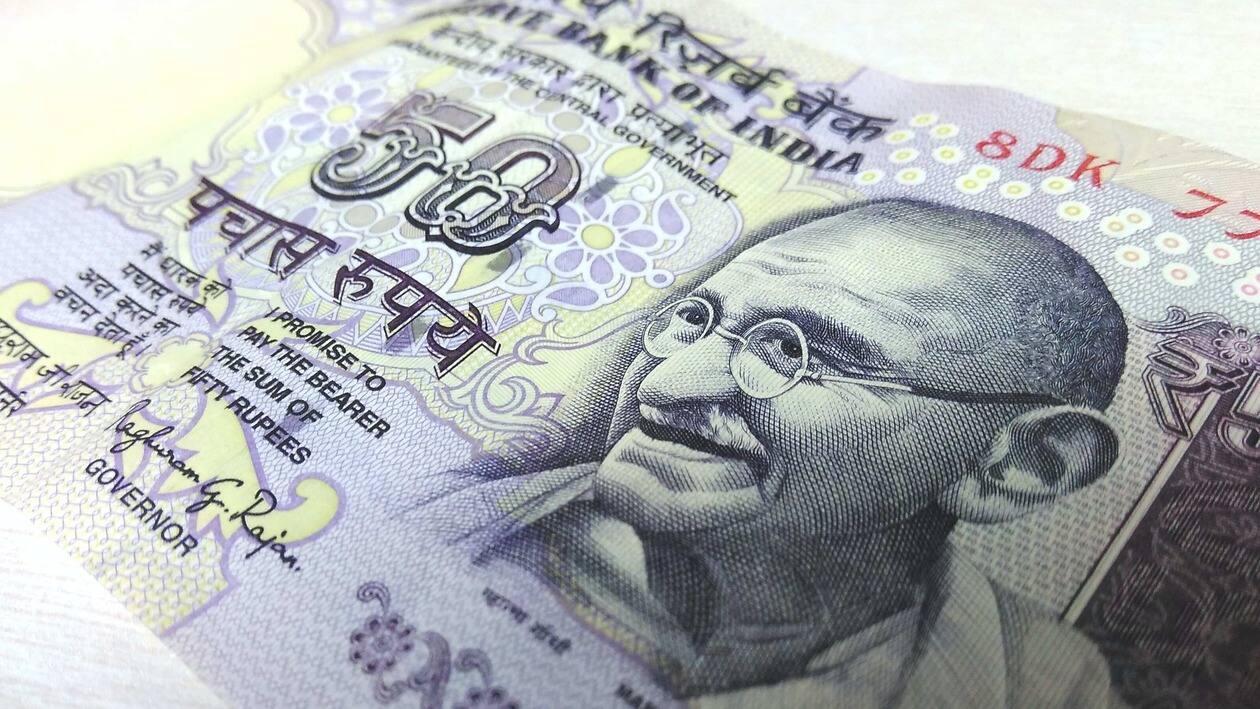A derivative trade that boosted demand for sovereign bonds by billions is at risk from a proposed tax, piling pressure on a market straining under record government borrowings, reported Bloomberg.
Analysts say a plan to tax high-value insurance policies will reduce demand, leading the industry to cut back on bond investments. For the past two years, banks have boosted the amount of debt bought for interest-rate swaps offered to insurers.
The transactions enabled insurers to lock in future yields without enlarging balance sheets, and by some estimates account for $19 billion worth of sovereign bonds purchased by banks. Should that demand drop, pressure may mount on the Reserve Bank of India to support the market as Prime Minister Narendra Modi increases debt sales.
Government debt purchases due to the trade may drop by 15% to 20% with the tax change, according to Ashhish Vaidya, head of treasury at DBS Bank Ltd. in Mumbai. Along with the increase in national borrowings, there’s going to be “a demand shortfall of 2.5 trillion rupees which will require either RBI stepping in or flows from fixed-income real money funds,” he said.
The trade, known as a bond forward-rate agreement, has led to robust demand for long-tenure bonds in recent months. While the yield on the benchmark five-year debt surged more than 140 basis points last year, it only rose by 39 basis points on the 30-year note.
The rate agreement works by insurers locking in yields offered on long-tenure debt — typically 10 to 40-year bonds — for the next two to six years, according to HDFC Life Insurance Co. That eliminates the risk of fluctuating rates. Banks get a spread over their cost of funds and hedge by buying the debt.
The notional outstanding amount of bonds held by banks offering the deal may be around 1.6 trillion rupees ($19 billion), according to ICICI Securities Primary Dealership Ltd. and Star Union Dai-ichi Life Insurance Co.
The “sizable demand for longer-tenor traditional insurance products in recent years have resulted in substantial demand for bond FRAs,” said Ram Kamal Samanta, senior vice president for investment at Star Union Dai-ichi Life Insurance. “The budget tax is likely to lower the demand for traditional insurance products. Hence FRA demand is likely to cool down with lower hedging requirement.”
The government plans to borrow ₹15.4 trillion in the fiscal year starting April 1, an 8.4% increase from the current period, as government seeks to bolster economic growth ahead of general elections next year.
Insurance demand has played a key role in recent years in keeping a lid on India’s bond yields, helping a government with one of the highest budget deficits in Asia.
